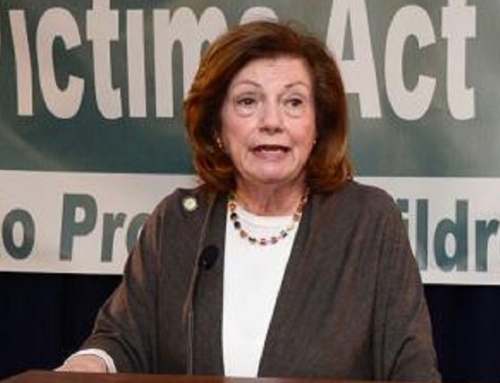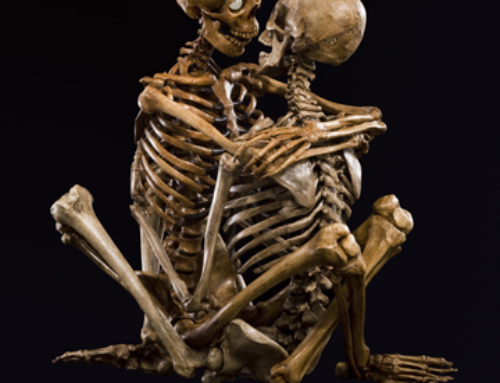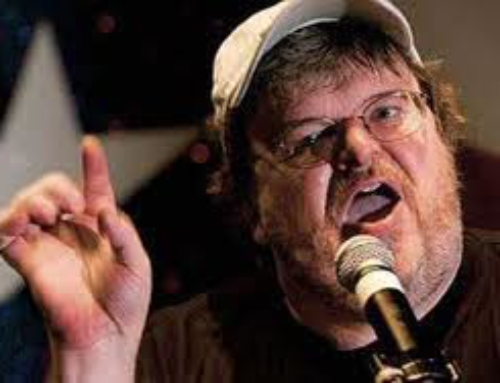By John Paul Wauk
In the case of Penn State, the campus police and the Center County district attorney’s office knew – for many years (the first accusation was in 1998) – about specific accusations of abuse against Sandusky. Nevertheless, they did nothing to prevent him from abusing other children. The entire janitorial staff of Penn State seems to have known of another incident in 2000, which went unreported. Then, in 2002, an assistant coach told various university authorities that he had witnessed Sandusky engaged in sexual activty with a child in a shower. No one from Penn State called the police. When the police eventually returned to the Sandusky case in 2008, after a complaint from a victim’s mother, they didn’t notify Sandusky’s foundation until 2011, and during that period Sandusky was, according to reports, a fixture on the Penn State campus.
In short, we are talking about years of unrestricted access to children and, as a consequence, years of abuse – after serious, specific allegations of abuse were made both to the police (in 1998) and university authorities (in 2002). Even when the police were on the case, after 2008, Sandusky remained at large.
In Kansas City, we are talking about less than five months between the diocese’s discovery (not as a result of an accusation of abuse) of a non-sexual photo of an unclothed child on a priest’s computer and a phone call to the police – a call that came from the diocese itself! During those few months, Fr. Ratigan was in a coma, in psychiatric treatment and then removed from his job and placed under strict restrictions with regard to cameras, computers and contact with kids (all of this, again, in the absence of any specific accusation against him). As soon as it became clear that he was not respecting those diocesan-imposed restrictions, the police were notified by the diocese. All in less than 5 months.
The two cases – Penn State and Kansas City – could not be more different. In Penn State, the police, the DA, the janitors, and various university authorities all knew of serious allegations of criminal activity. For years, they did nothing. In Kansas City, no one had witnessed criminal abuse or received an allegation of criminal activity. The diocese was forced to make a judgment call about a photo on a computer. The diocesan authorities sought advice from reasonable sources (in the law enforcement and legal communities) and followed it. Despite the decision that the photo did not constitute a criminal offense, the diocese made a serious effort to reduce any possible danger to children. Within a few months, concerned by Ratigan’s subsequent behavior, the diocese itself called the police.





